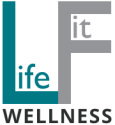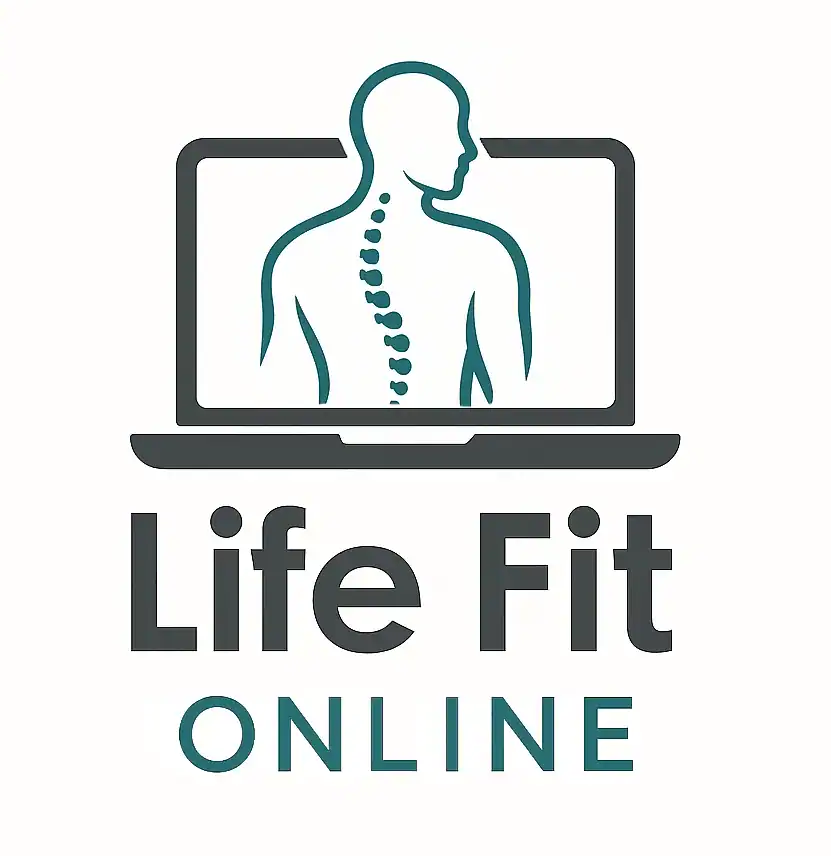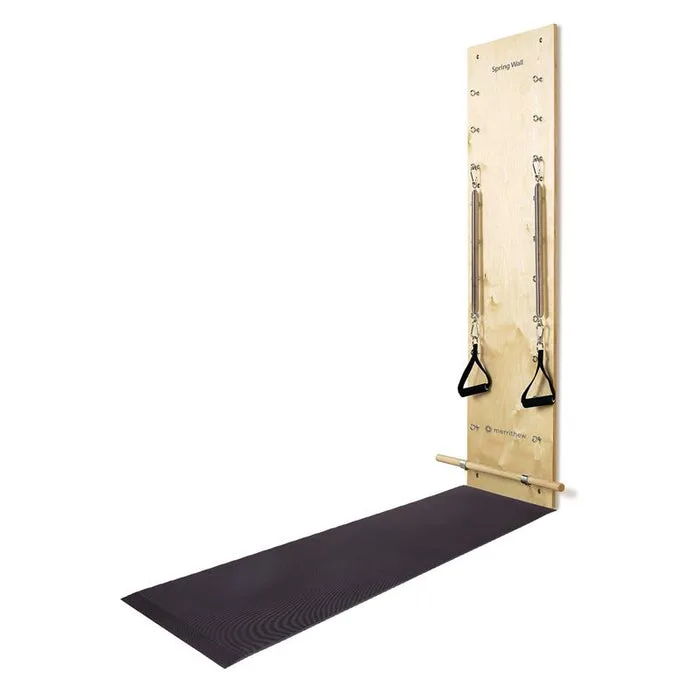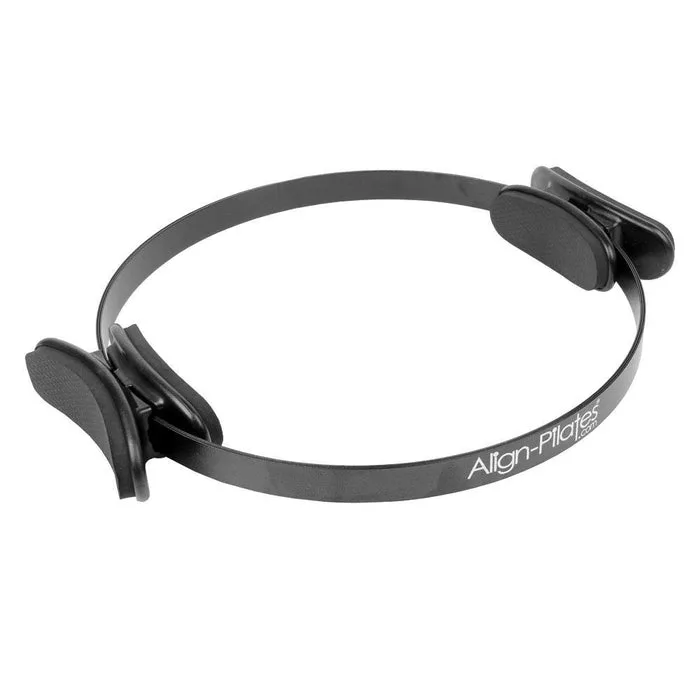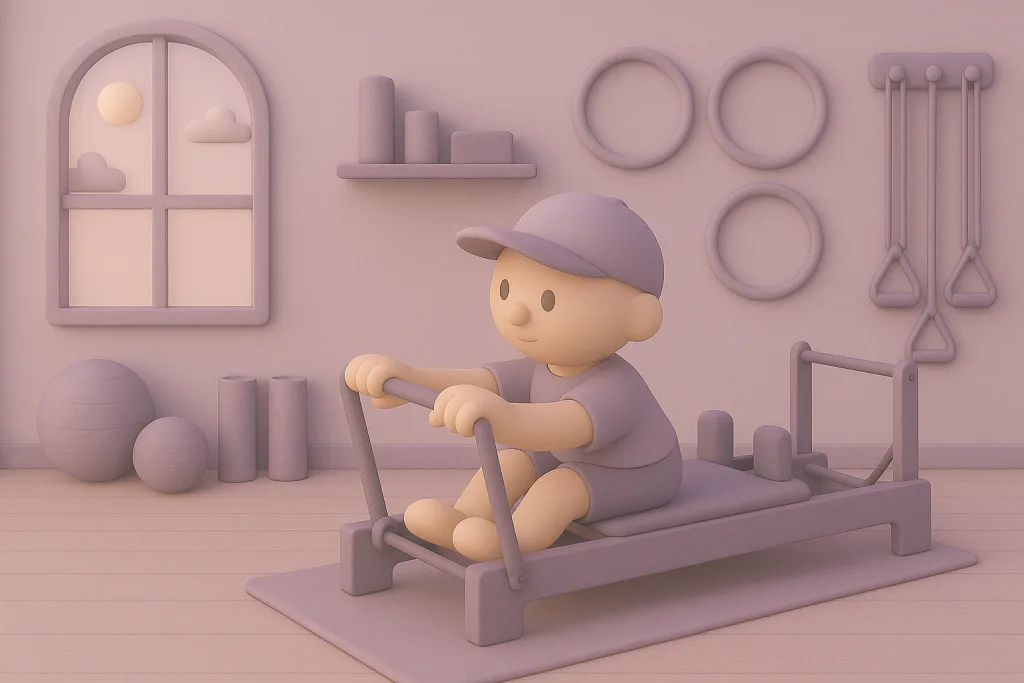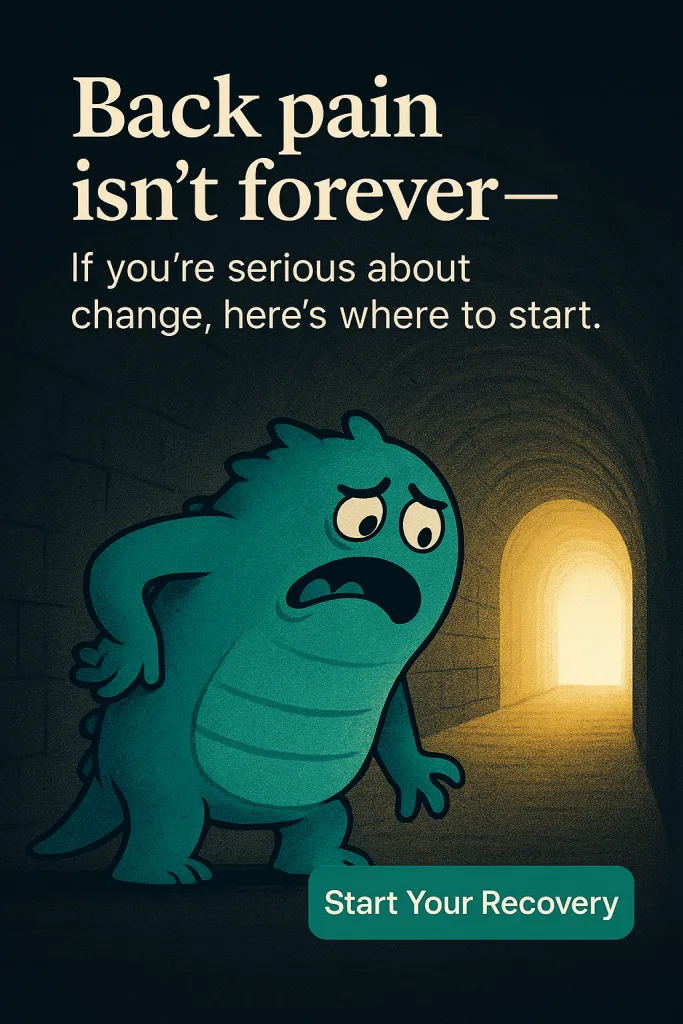Use code LIV10 for a 10% discount on Pilates equipment with bestgymequipment.co.uk (exclusions apply)
The world of Pilates offers more than just mat exercises on the floor! While Joseph Pilates initially developed his method using minimal equipment, he quickly invented specialised apparatus to enhance the effectiveness of his revolutionary exercise system. These ingenious machines and props were designed to provide resistance, support, and guidance for the body—making exercises more challenging or more accessible depending on your needs.
Pilates equipment might look intimidating at first glance. With springs, straps, and moving parts, these apparatus can resemble medieval torture devices to the uninitiated! But don’t worry—each piece serves a specific purpose in helping you achieve better alignment, increased strength, and improved flexibility.
Today, professional Pilates studios feature a variety of equipment that builds upon Joseph’s original designs. The beauty of these tools is how they can adapt to different bodies and fitness levels.
What Are the Main Types of Pilates Equipment?
When walking into a fully-equipped Pilates studio, you’ll notice two main categories of equipment: large apparatus and small props. This distinction helps us understand the investment, space requirements, and applications of different Pilates tools.
The large apparatus forms the backbone of classical Pilates training. These substantial pieces include the Reformer, Cadillac (also known as the Trapeze Table), Chair (or Wunda Chair), and Barrels. Each offers a complete workout system with hundreds of possible exercises. These machines typically require dedicated space and represent a significant investment, which is why they’re most commonly found in professional studios rather than homes.
Small props, on the other hand, are more portable and affordable. Items like the Magic Circle, resistance bands, small balls, and foam rollers supplement both mat and equipment exercises. These versatile tools can easily fit into a home practice and offer ways to increase challenge or provide support, depending on how they’re used.
For beginners, starting with small props alongside mat classes makes perfect sense. They provide gentle resistance and feedback while you build foundational strength. The Magic Circle, for instance, offers just enough resistance to activate deeper muscles without overwhelming a new practitioner.
Studio equipment varies in sophistication and design. Classical studios adhere closely to Joseph Pilates’ original specifications, while contemporary studios might feature modified versions or additional pieces developed by later Pilates teachers. Some studios specialise in rehabilitative work with adapted equipment for clinical populations, while others focus on athletic performance with more challenging apparatus configurations.
Professional-grade equipment is built to last decades with proper maintenance. Quality manufacturers produce apparatus that maintains the integrity of Pilates’ original designs while incorporating modern safety features and materials.
How Does the Pilates Reformer Work?
The Reformer stands as the most recognisable piece of Pilates equipment—a sliding carriage mounted within a rectangular frame, complete with springs, straps, and a footbar. But how exactly does this ingenious machine work to transform your workout?

At its heart, the Reformer operates on a simple principle: resistance and assistance through spring tension. The carriage moves along tracks within the frame, with its movement controlled by springs attached at one end. By adjusting the number and tension of these springs, you can increase or decrease resistance, making exercises harder or easier depending on your needs and fitness level.
The beauty of the Reformer lies in its versatility. You can exercise lying down (supine or prone), sitting, kneeling, standing, or even jumping on the carriage. This variety allows for a comprehensive full-body workout targeting different muscle groups from multiple angles.
Most importantly, proper instruction is essential when beginning Reformer work. The machine offers tremendous benefits but requires guidance to use safely and effectively. Many studios offer introductory sessions specifically designed to familiarise new clients with the equipment before joining group classes.
What Other Large Pilates Apparatus Should You Know About?
Beyond the Reformer, several other large apparatus form the cornerstone of a complete Pilates practice, each offering unique benefits and movement possibilities that complement Reformer work.
The Cadillac, or Trapeze Table, resembles a four-poster bed with various attachments—springs, bars, and straps—hanging from its frame. This versatile apparatus supports a wide range of movements, from gentle, supported exercises ideal for rehabilitation to advanced acrobatic movements requiring significant strength. The Cadillac excels at spinal decompression exercises and provides excellent support for practitioners with limited mobility. It allows the body to be suspended in various positions using loops and pulleys, enabling exercises that cannot be performed on the Reformer or mat.
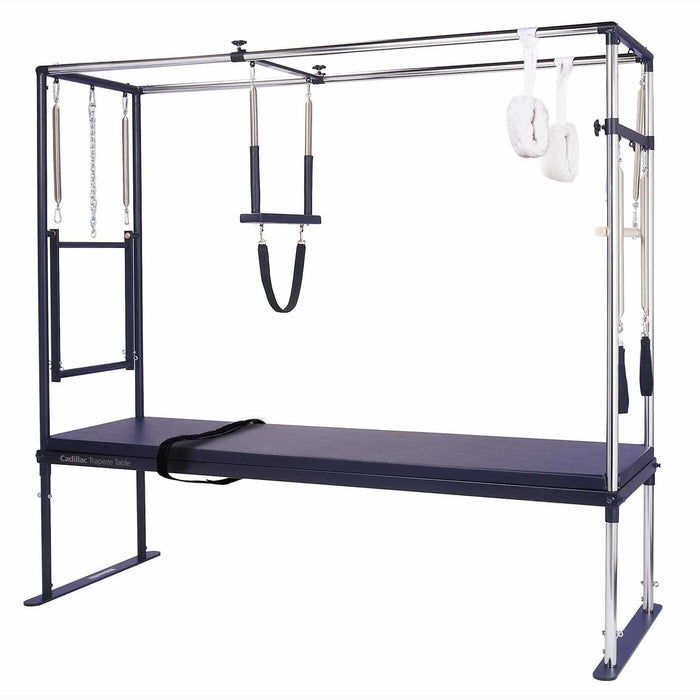
The Pilates Chair (Wunda Chair) packs tremendous versatility into a compact design. Resembling a small bench with a pedal attached to springs, this apparatus challenges balance and control while developing impressive strength, particularly in the legs and core. Despite its modest size, the Chair offers some of Pilates’ most challenging exercises. Its design demands precision and control, making it excellent for developing muscular endurance and coordination. For physiotherapists, the Chair’s upright position makes it valuable for functional rehabilitation exercises that translate directly to daily activities.
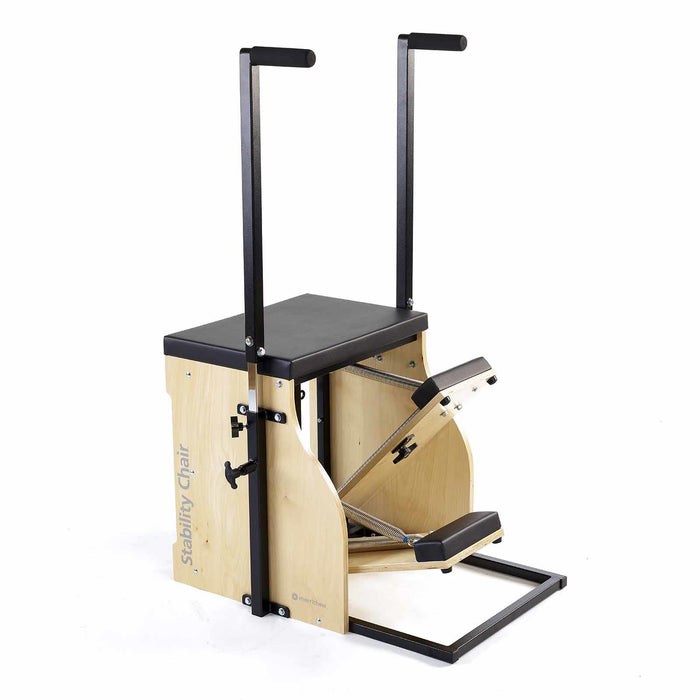
The Ladder Barrel features a rounded barrel attached to a ladder-like structure, creating an apparatus specifically designed for spinal articulation and flexibility. Its curved surface supports and challenges the natural contours of the spine, making it ideal for addressing postural issues and developing thoracic mobility. Barrel exercises emphasise extension, flexion, and lateral movement of the spine while strengthening the core. For practitioners with back pain, carefully supervised Barrel work can help restore healthy movement patterns and relieve tension.
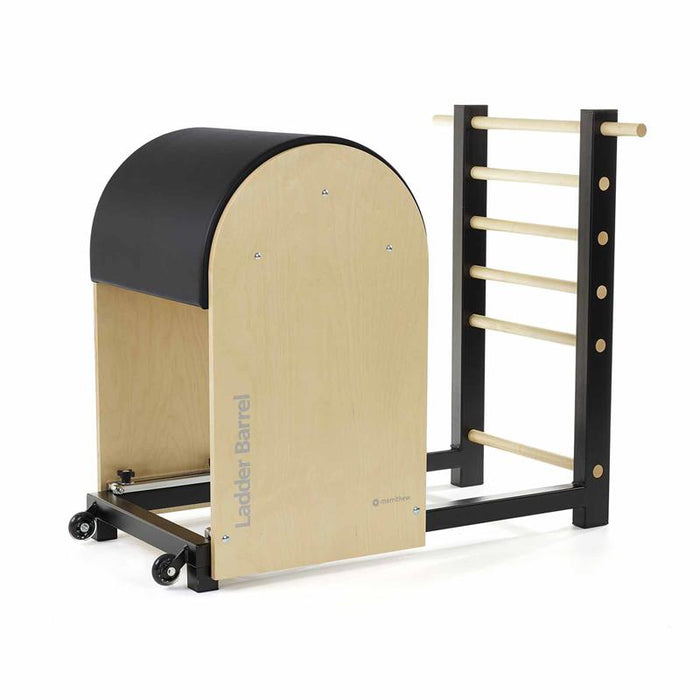
The Tower, sometimes called the Wall Unit or Spring Wall, functions as a space-saving alternative that combines elements of the Cadillac and Reformer. Mounted on a wall with a mat platform below, the Tower features springs, bars, and straps that allow for many traditional Pilates exercises in a more compact setting. This apparatus has become increasingly popular in studios with limited space and for home installations where a full Cadillac wouldn’t be practical.
Each piece of apparatus offers a unique movement experience, targeting the body in different ways while maintaining the core Pilates principles of control, concentration, centering, flow, precision, and breath.
Which Small Pilates Props Can Enhance Your Practice?
Small Pilates props might not have the imposing presence of the large apparatus, but their impact on your practice can be just as significant. These affordable, versatile tools can transform simple exercises into more challenging or more supportive experiences, depending on how they’re used.
The Pilates Ring, often called the Magic Circle, was one of Joseph Pilates’ original inventions—a flexible ring about 13 inches in diameter with padding on opposite sides. When squeezed between various body parts (such as the inner thighs, hands, or ankles), it provides gentle resistance that activates deeper stabilising muscles. This simple prop is particularly effective for engaging the inner thighs and pelvic floor, areas that can be difficult to target with other exercises. For home practitioners, the Ring offers an excellent way to add resistance without needing large equipment.
Resistance bands have become a staple in contemporary Pilates training, offering adjustable tension for both assistance and challenge. These colour-coded elastic bands can help beginners achieve proper positions they might not yet have the strength for, or they can intensify exercises for more advanced practitioners. Band exercises can effectively target specific muscle groups while improving overall coordination and body awareness.

Pilates balls come in various sizes, from small hand-sized balls to larger stability balls. The small ball, often placed between the knees or behind the back, helps with positioning and provides tactile feedback for proper alignment. The larger stability ball challenges balance while supporting spinal mobility exercises. The instability of working on a ball engages more muscle fibres and improves proprioception—your awareness of where your body is in space—making it valuable for both athletic training and rehabilitation.
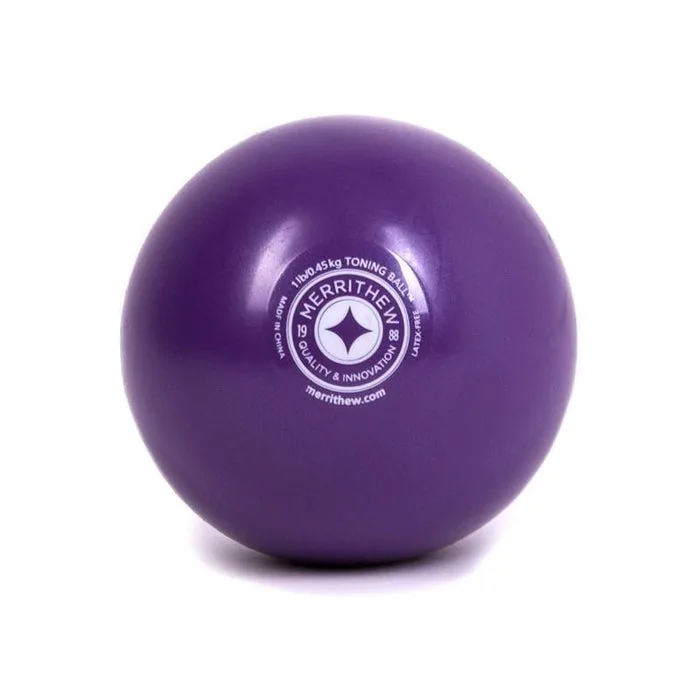
Foam rollers serve multiple purposes in Pilates training. As a self-massage tool, they help release myofascial tension before or after workouts. As exercise props, they create an unstable surface that challenges core stability while supporting spinal movement. Specialised Pilates rollers, which are often firmer and smaller than standard gym rollers, can be used for precise alignment work and targeted stretching.
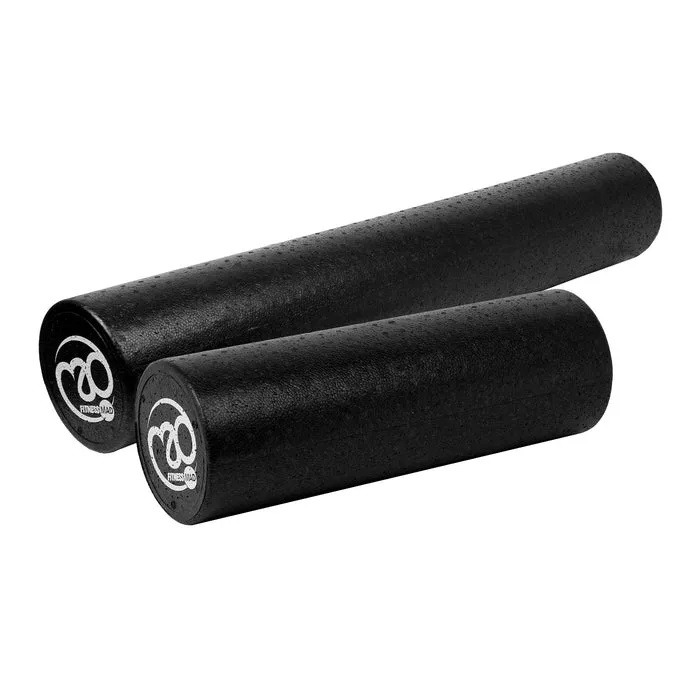
Additional alignment tools like wedges, arc barrels, and bolsters help practitioners with limited mobility achieve optimal positions safely. These props can make Pilates more accessible to those with injuries, arthritis, or other conditions that might otherwise prevent them from participating fully in exercise programmes.
For home practitioners, a thoughtfully selected collection of small props can significantly expand exercise options without requiring much storage space or financial investment. Starting with a mat and resistance band, then gradually adding other props as your practice develops, creates a versatile home studio that grows with your abilities.
Frequently Asked Questions
How much space do I need for Pilates equipment at home?
For small props like rings, bands, and balls, you’ll only need your regular mat space plus storage. For larger equipment, a Reformer typically requires about 2.5m x 1m of floor space, while a Cadillac needs roughly 2.5m x 1m x 2.2m height. Some companies offer space-saving designs like wall-mounted Towers or foldable Reformers.
Is Pilates equipment suitable for beginners?
Yes! While equipment might look intimidating, many pieces actually make exercises more accessible by providing support and guidance. Beginners should start with proper instruction from a qualified teacher who can introduce equipment progressively.
How much does Pilates equipment cost?
Small props range from £10-50, while professional large apparatus can cost between £1,000-5,000 depending on the model and manufacturer. Many studios offer equipment-based classes, making it possible to experience the benefits without the investment.
Can Pilates equipment help with back pain?
Yes, Pilates equipment is widely used in physiotherapy settings for managing back pain. The supportive nature of apparatus like the Reformer and Cadillac allows for controlled, low-impact movement that strengthens core muscles while decompressing the spine.
How often should I use Pilates equipment for best results?
For noticeable improvements in strength and flexibility, aim for 2-3 equipment-based sessions weekly. Consistency matters more than duration—regular 30-minute sessions will yield better results than occasional longer workouts.
